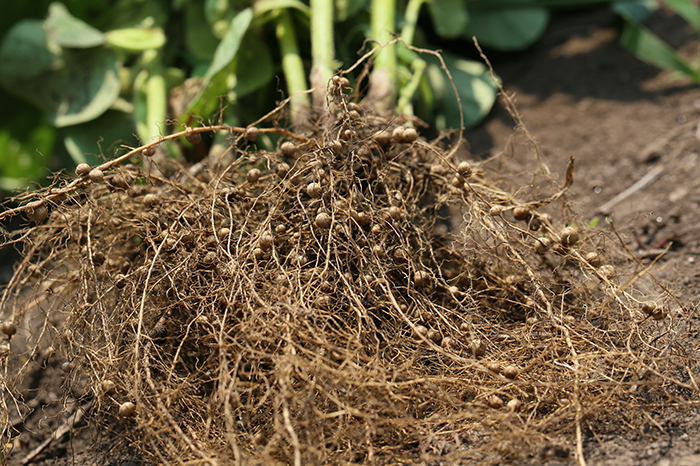Parallel Universes
As a trade magazine editor, I spend a lot of my time reading up on other industries that utilize a similar manufacturer/distributor/end-user chain to our own ag retail market. One such item appeared recently in the Wall Street Journal.
This story told the tale of how some John Deere equipment retailers were upset with Big Green because the company was pressuring smaller ones to either “bulk up by acquiring another dealer or cash out.” Many of the retailers quoted in the article felt this treatment went above and beyond their contract with John Deere, which states dealers have to meet certain performance targets or risk losing their right to sell Deere products. A few even hinted that they would consider taking legal action against Deere if the company continued this course of action.
Not surprisingly, this scenario reminded me of one I saw play out back in the late 1980s involving The Coca-Cola Co. and its bottlers. This episode was identical to the Deere/dealers one — parent Coke was pressuring its bottlers to “get bigger through acquisition” and “reaffirm their commitment to Coke products over those of other soft drink companies.” Many bottlers, unhappy with being told how to run their family businesses, threatened legal action. Ultimately, Coke backed down — but only for a short while.
It was later in 1988 that Coke began actively buying out its bottlers, forming its own massive bottling operations under the Coca-Cola Enterprises name. Within 10 years, Coke directly controlled over three-fourths of its entire U.S. distribution network. Arch-rival Pepsi followed a similar course. Last time I checked, Coke and Pepsi owned better than 85% of their distribution networks across the country, with centrally located facilities replacing locally grown ones along the way.
Will John Deere follow a similar path to that of Coke and Pepsi? Time will tell, but I wouldn’t be surprised if the company did. After all, based upon the revenue numbers over the years reported by both soft drink giants, it’s pretty profitable to control your products from syrup to supermarket.
Naturally, this made me ask a simple question — will ag retail take the same path? At first glance, it would seem unlikely. The market is too spread out by its nature to make this work. As Agrium Retail President Richard Gearheard says in this issue’s cover story: “In the retail business, you are not dealing with multiple states out of one location. You are dealing with a 25- to 40-mile radius.”
Still, it’s no secret that the Big Six crop protection product manufacturers are under tremendous pressure from their retailers and post-patent producers to keep margins high and costs low. Many observers predict the number of basics will shrink to three or four in the next few years because of these market dynamics. Likewise, retailers are under pressure to firm up their revenues as grower needs evolve.
To ensure their survival, could some of the larger, better positioned basics begin buying (or signing exclusive agreements with) ag retailers to assure themselves of continued market share? Or could they bypass retailers altogether and sell directly to the larger grower-customers out there?
It will be interesting to see if history repeats itself in our parallel marketplace or takes a different course.






